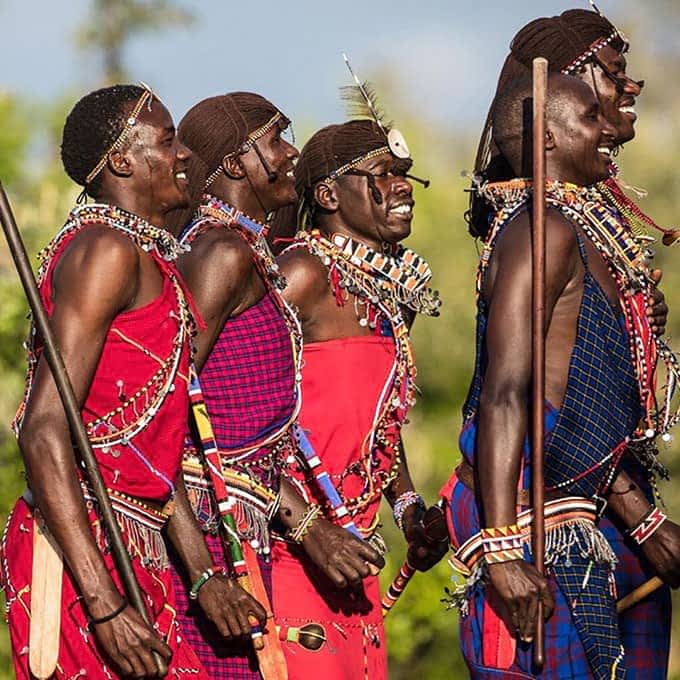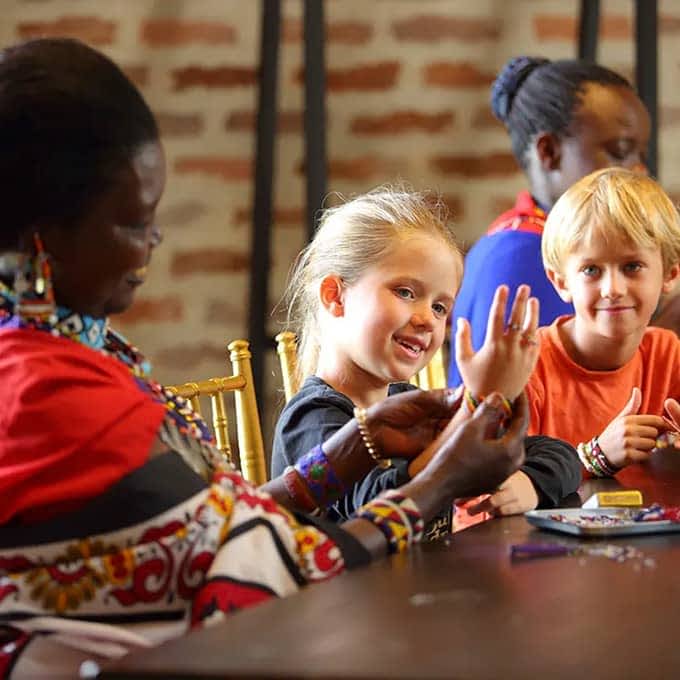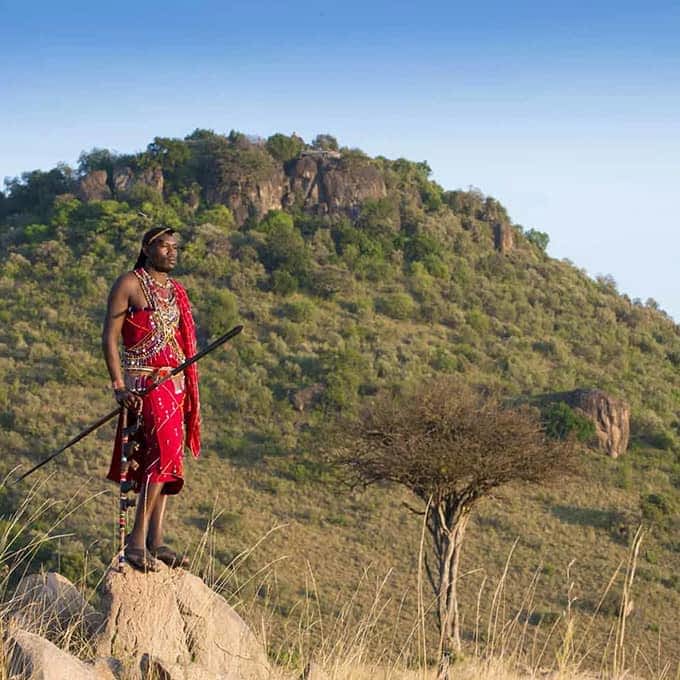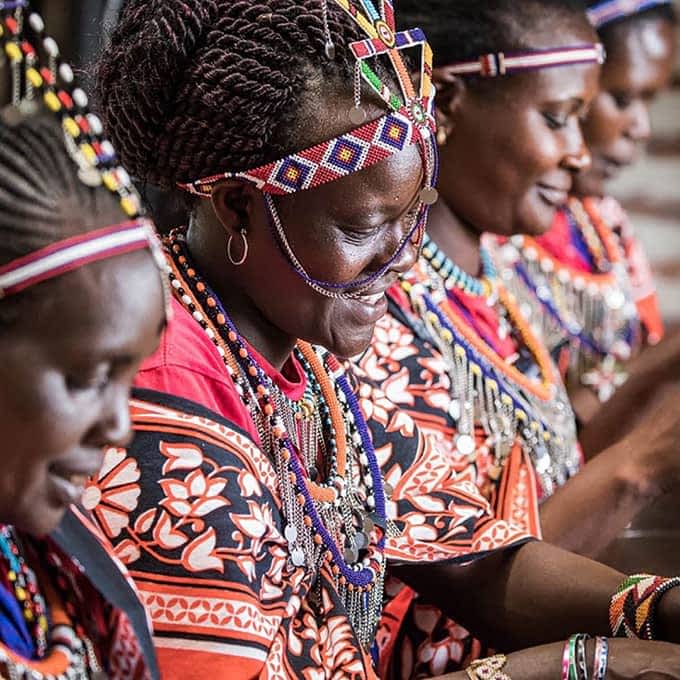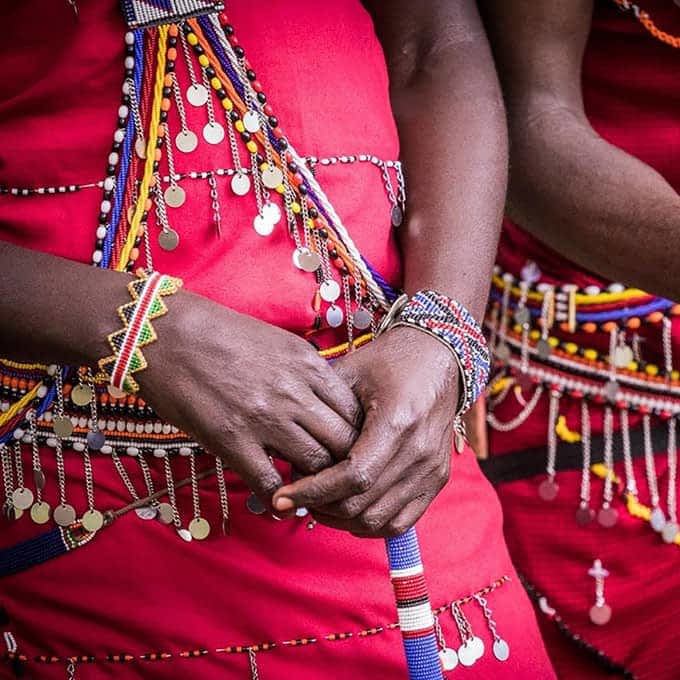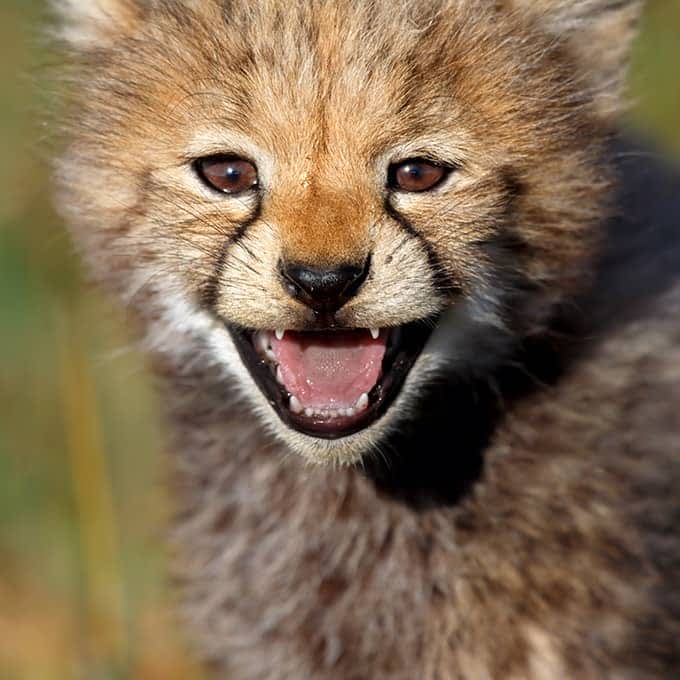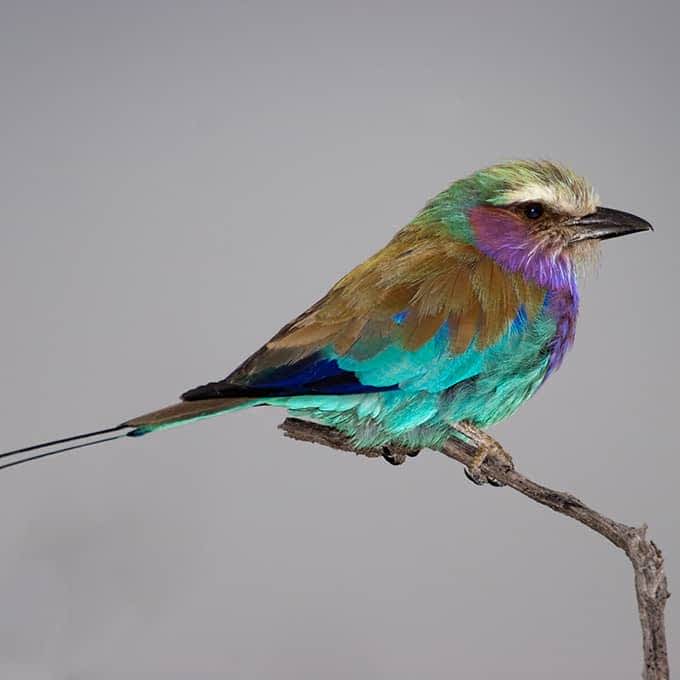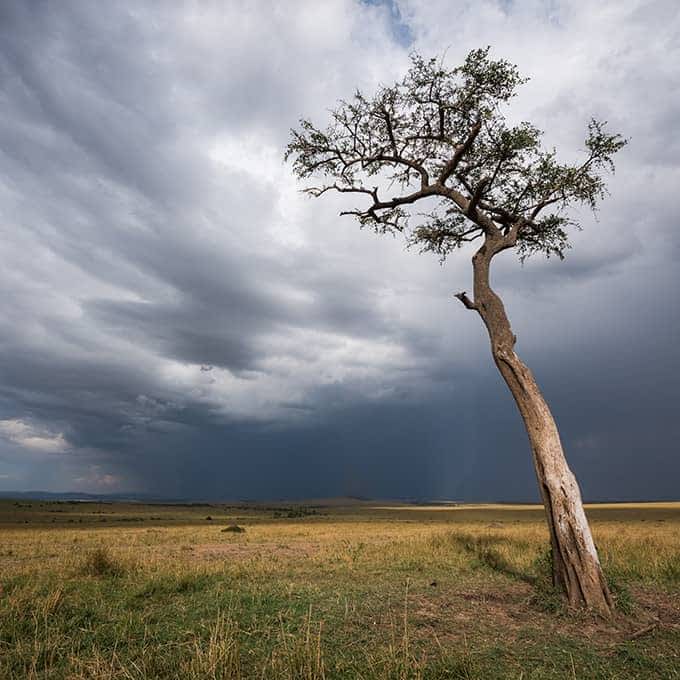Colourful herdsman of the Masai Mara
There are over fifty tribes of native people originally from Kenya. The Maasai are one of the few tribes that have managed to stick to most of their traditions and keep their culture alive. This didn’t come easy though. According to Maasai history the Maasai tribe is originally from north-west Kenya, north of Lake Turkana in the lower Nile Valley. Later on, they migrated south and settled in the Great Rift Valley and the Dodoma and Mount Marsabit region. They were feared for raiding cattle as far east as the Tanga Coast in Tanzania. These proficient warriors excelled in the use of shields and spears but were especially feared for throwing their clubs known as 'orinka'. Maasai warriors were known to be able to throw the orinka with expert precision across a distance of up to 100 metres.
Displacement
The Maasai were Kenya’s dominant tribe until the early 20th century when British troops drove them from their lands. Despite the fact that the British were able to defeat the Maasai, they were utterly impressed by their fighting spirit and courage. The Maasai were forced to leave Kenya’s most fertile lands and in turn were left with some of the destitute parts of the country to life off. Currently the entire Maasai population is estimated to be approximately 900,000. They speak the Maa language, but also speak the official languages of Kenya – Swahili and English. Traditional Maasai homes were traditionally built in a very non-permanent and on the go manner. Women of the tribe built the homes and did so in either a circle or loaf shape. The men of the village then built a large circular fence around the homes to defend their village.
Maasai traditions
The Maasai have a very patriarchal society. Masai men and elders make all of the important decisions for Masai tribes. They measure a man’s wealth in terms of the number of children a man has and heads of cattle. The more the better. Their diets traditionally consist of the raw meat and milk of their cattle (and at times also of the blood in times of drought). The hides are used to make furniture and the bones are used to create tools. The Maasai clothe themselves in colour swatches of cloth known as 'Shúkà'. The Maasai have a very colourful culture of music and dance. The women are known to recite lullabies, hum and sing songs of praise about their sons. There’s always one song leader, known as an olaranyani, who leads the group in song.
Coming of age
The Maasai traditionally hold 'coming of age' ceremonies during which the horn of the Greater Kudu is used to summon all of those coming of age, the initiates, to the ceremony. Such ceremonies last ten days or more and involve quite a bit of singing, dancing and flirting. During the ceremony young men will line up and chant towards a line of singing women standing across from them. A very unique and interesting sight to see. Some parts of Maasai tradition have changed in recent years. Until recently, the single-handed slaying of a lion with a spear was a requirement for all boys who wanted to become Masai warriors.
Custodians of the Masai Mara
Since the establishment of the Masai Mara National Reserve and conservancies, the local Maasai people have played an important role in conservation of the region. Maasai landowners living in the conservancies lease their lands to safari operators who in turn practice sustainable eco-tourism. The safari operators not only pay the Maasai landowner a monthly fee, they also contribute to local Maasai community programs and hire Masai people as wildlife trackers and for positions in the safari camps.
Further reading

